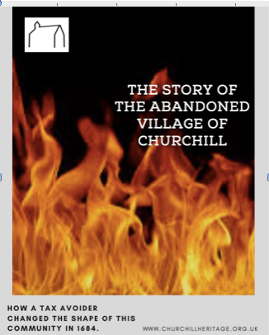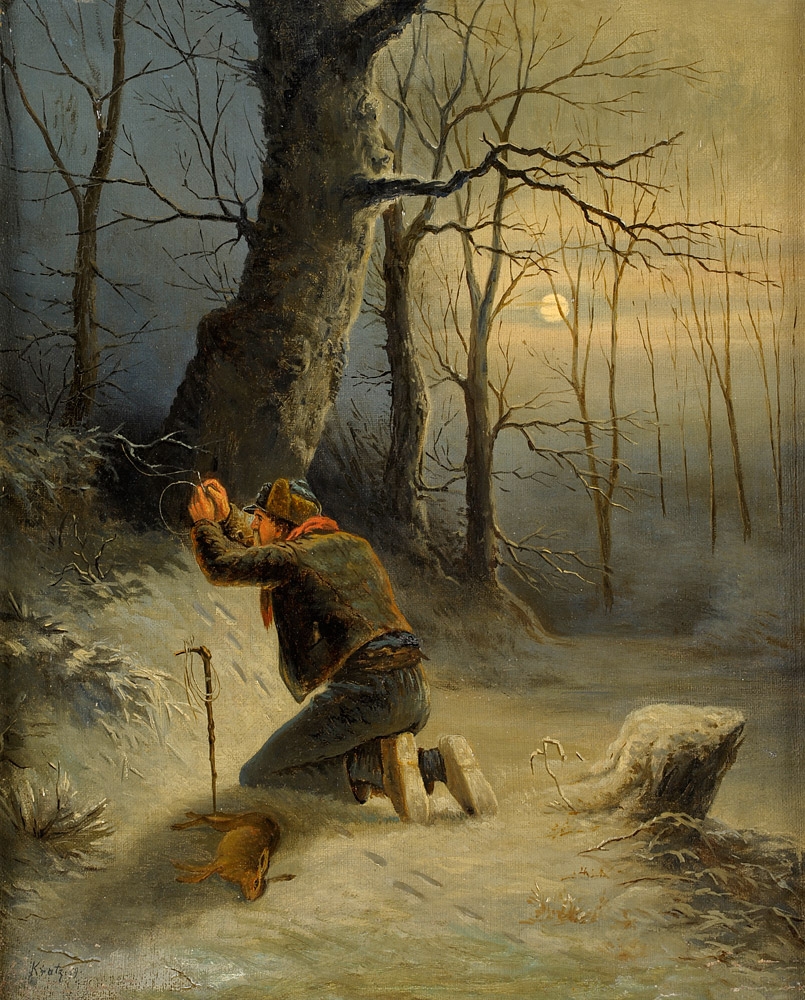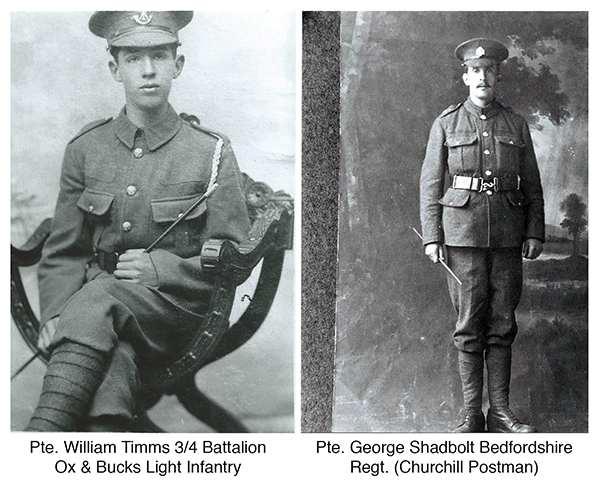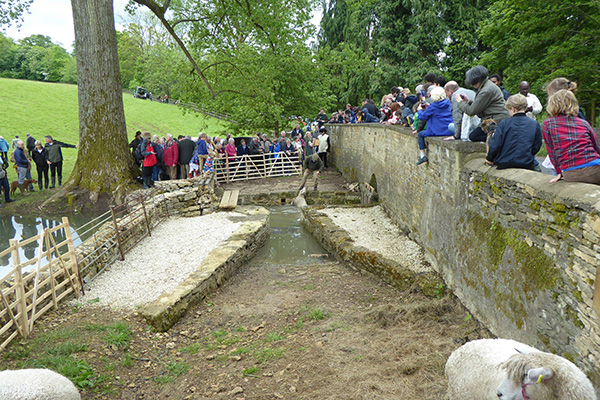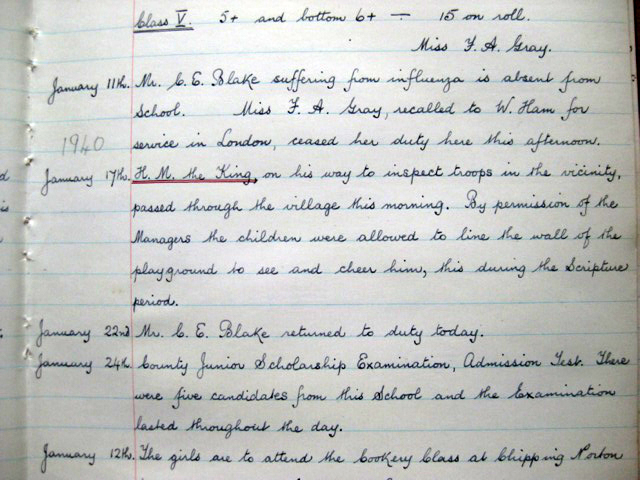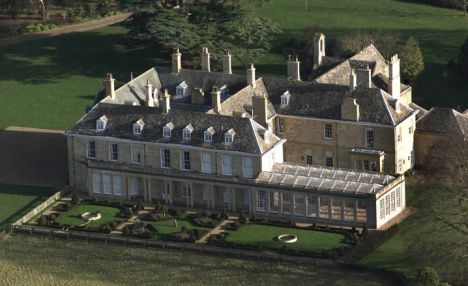What is the Future of the Cotswolds – a talk by Robin ShuckburghAuto Draft
WHAT IS THE FUTURE FOR THE COTSWOLDS?
A talk by ROBIN SHUCKBURGH about the Cotswolds, their future and who is responsible
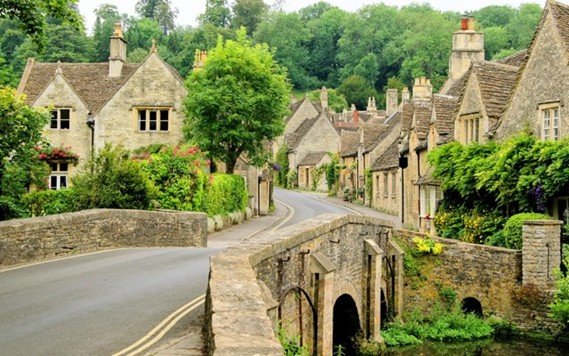
We were delighted that Robin Shuckburgh, the founder of The Cotswold Explorer YouTube channel (which has over 67,000 subscribers worldwide and has several million views a year) agreed to come and talk to us.
He explored the way the Cotswolds has been owned and run through history, looked at how that compares with the state of play at the moment and gave his view of the future, with questions and discussion at the end.
In 2024 he featured Churchill and the Heritage Centre on his channel: A History of Churchill | Hidden Gems in the Cotswolds, Click Here. The video is a fascinating potted history of Churchill in which he refers to the Heritage Centre as ‘a perfect Cotswold gem’, insisting that a visit to Churchill is well worth making for the Heritage Centre alone, as well as all the other things of interest– including our excellent pub, The Chequers!
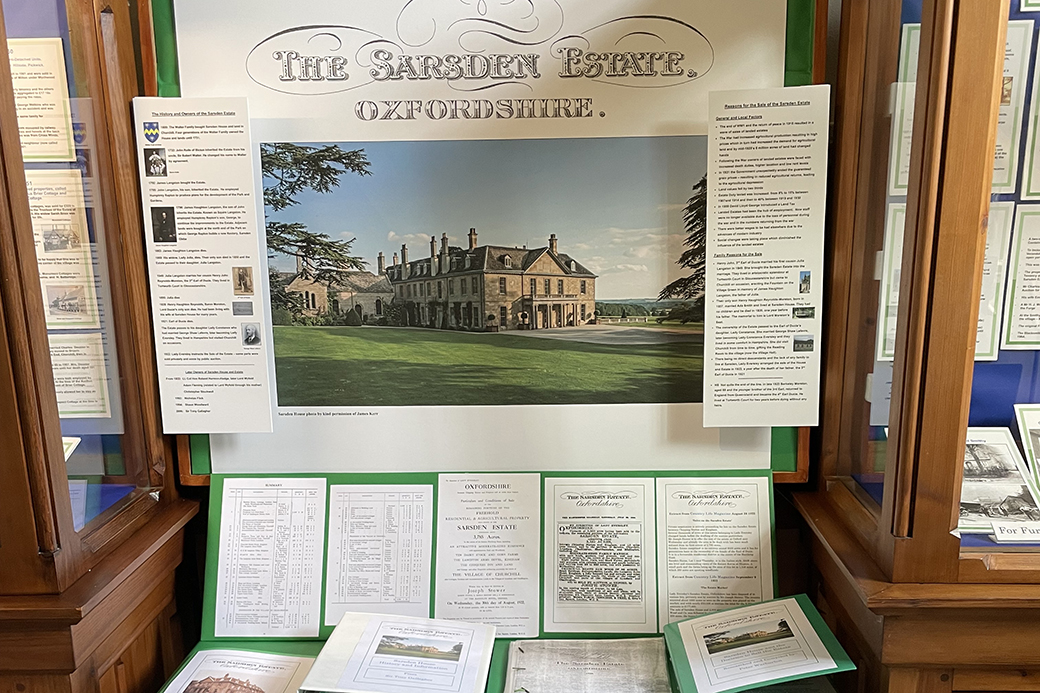
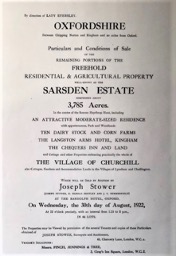 This exhibition celebrated the centenary of the sale of the Sarsden Estate which owned practically the whole of the village of Churchill together with neighbouring land and property. Its sale in 1922 had a profound effect not only on Churchill, but also on nearby Sarsden, Chadlington and Lyneham, so a group of volunteers, led by Linda Devlin, researched the social and economic reasons for this important sale, and its impact on the owners and occupiers of the various properties.
This exhibition celebrated the centenary of the sale of the Sarsden Estate which owned practically the whole of the village of Churchill together with neighbouring land and property. Its sale in 1922 had a profound effect not only on Churchill, but also on nearby Sarsden, Chadlington and Lyneham, so a group of volunteers, led by Linda Devlin, researched the social and economic reasons for this important sale, and its impact on the owners and occupiers of the various properties.